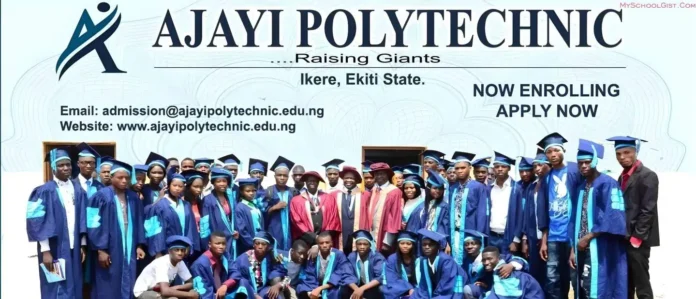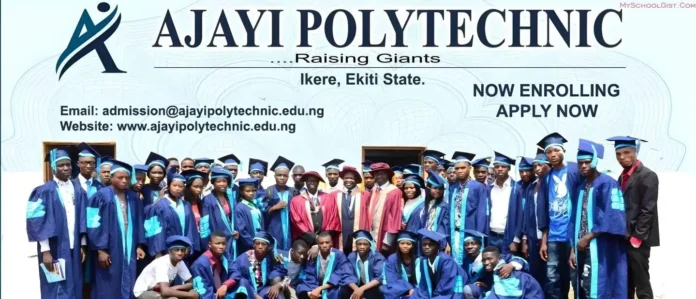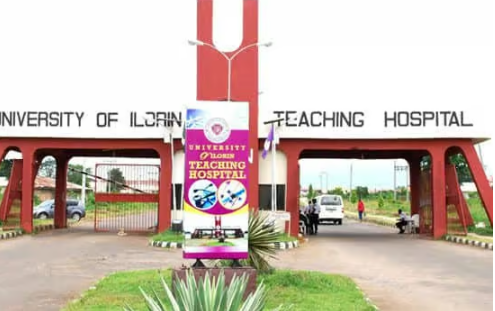The Mainland Business School Degree Programmes Admission Form for the 2024/2025 academic session is now available.
This is your chance to start a new chapter in your education and career with a degree from Mainland Business School, Calabar.
Table of contents
- Why Choose Mainland Business School?
- Available Degree Programmes
- How to Apply for Mainland Business School’s Degree Programmes
- Stay Connected for More Information
Why Choose Mainland Business School?
Mainland Business School partners with NUC accredited Nigerian and foreign universities to offer high-quality degrees.
All graduates are eligible for NYSC.
The school offers flexible and affordable fees, a steady academic calendar, and guarantees no strikes.
Available Degree Programmes
Mainland Business School provides a wide range of courses that cater to various career paths, including:
- Mass Communication
- Computer Science
- Environmental Biology
- Business Administration
- Government & Public Administration
- Accountancy
- Education
- Economics
- International Relations
- Political Science
- Sociology
- English and Literary Studies
- Public Health
- Health Education
- Marketing
How to Apply for Mainland Business School’s Degree Programmes
You can easily apply for the Mainland Business School Degree Programmes by getting the admission form.
The form is available on the Mainland Business School website or at the school’s premises.
Stay Connected for More Information
For more enquiries, you can contact Mainland Business School through:
- Phone: 08097447754
- WhatsApp: 09055588668
Take this opportunity to earn your degree and set yourself on the path to success at Mainland Business School.







